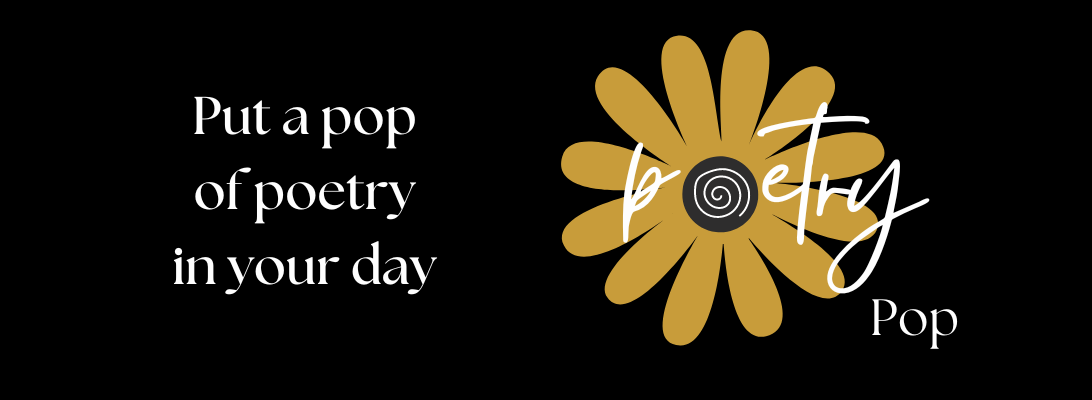A haiku (hi-koo) is a short Japanese poem that focuses on one moment in nature. It’s a poem that’s written to be read in one breath. Sometimes Haiku is confused with the similar Senryu (we’ll take a look at the difference below).
The American (or modern) haiku is based on the old Japanese form, but it usually has three lines and a 5/7/5 syllable count. Meaning lines one and three have five syllables and line two has seven syllables. The Japanese form focuses on seasons but with the American Haiku we tend to broaden this to all things nature..
Here is an American haiku using the 5/7/5 syllable count:

Sometimes poets will throw the syllable count out the window and concentrate instead on writing a brief poem about nature without any constraints. Here’s an example of this kind of poem.

Here are the rules
- Three lines with optional 5/7/5/ syllable count.
- Most haiku is written in incomplete sentences.
- Usually speaks of one moment in nature.
- Haiku are untitled and do not rhyme.
- The poem ends with a shift of perspective or enlightenment of some kind.
not sure how to count syllables?
Clap out each syllable as you say the word. The word "blue" has one syllable (one clap): blue The word "thunder" has two syllables (two claps): thun-der. The word "poetry" has three syllables (three claps): Po-et-ry.
Haiku vs senryu
Haiku and Senryu are often confused with one another. They are both three line poems with a 5/7/5 syllable count but the difference is subject and tone. A haiku is about nature and seasons with a somewhat reverent tone while a senryu is about human nature (characteristics, behavior, emotions, traits) often with an humorous tone. Here’s one of mine:
I tipped the artist a benjamin for every wrinkle overlooked ©Danna Smith (poetrypop.com) all rights reserved
behind the poem
In Japan, hundreds of years ago, poets got together for poetry parties (sounds like my kind of fun!). Each poet wrote a short verse that, when combined with the others, became one long poem called a renga. The starting verse was called a Hokku. By the early 1900s, the Japanese recognized these starting verses as independent poems, and the haiku was born!
now it’s Your turn
You’ll find these poems are easy and fun to write. I hope you’ll give it a try and share your poem(s) in the comments below. If you are “iffy” about sharing, here’s a pep talk.
Remember to follow this blog to get email notices of new posts. My next post will be a Poetry Pop Shop post. I’m dying to share my latest writer-ly find with you!



Words written softly
by a wooden cylinder
changed by a pink tip
A lovely haiku, Linda! So happy you shared. 🙂
Webbed blanket of green
growing on a grey boulder
with a napping snail
What a lovely “snapshot” of a quiet moment in nature.
Thank you. Now I think maybe I need to put it on canvas 😊
Oh, wouldn’t that be nice! If you do, be sure to contact me and I’ll share it on the blog 🙂
wow so nice x
Hi, thanks so much! Haiku is so fun to write. 🙂